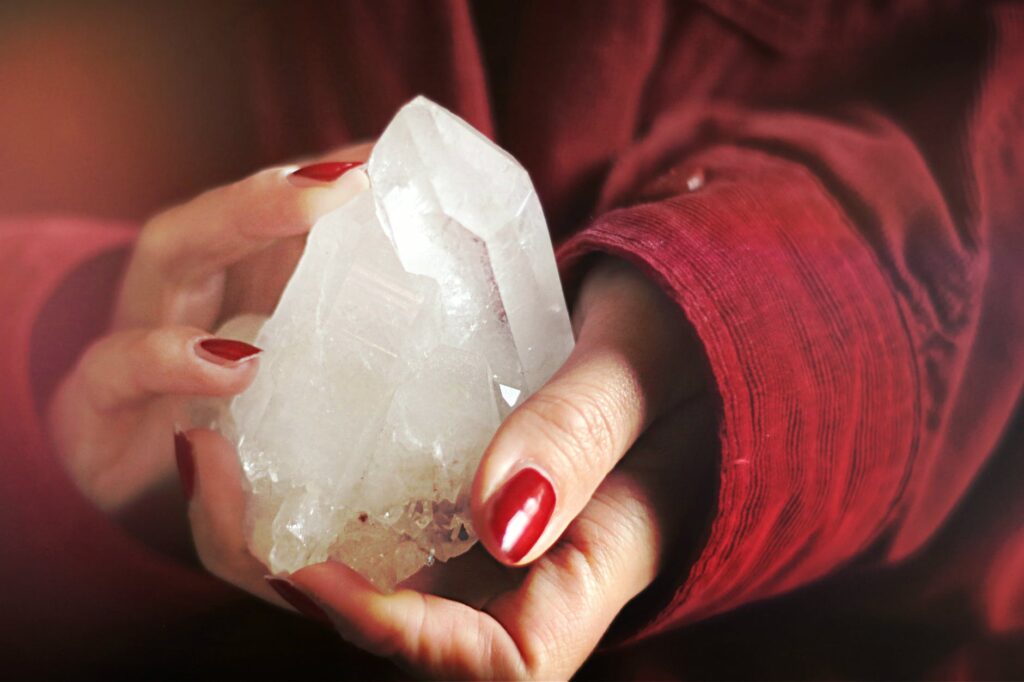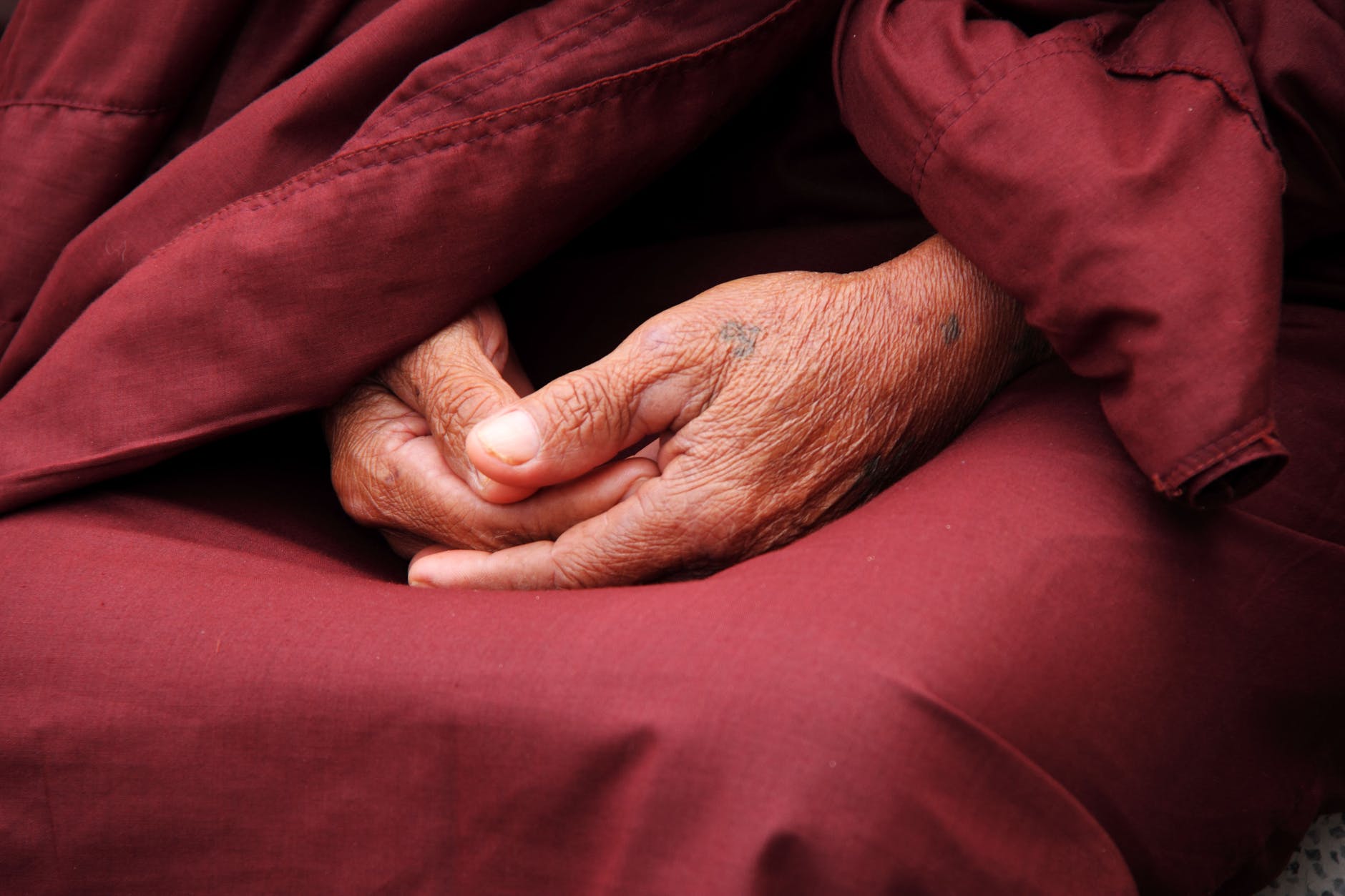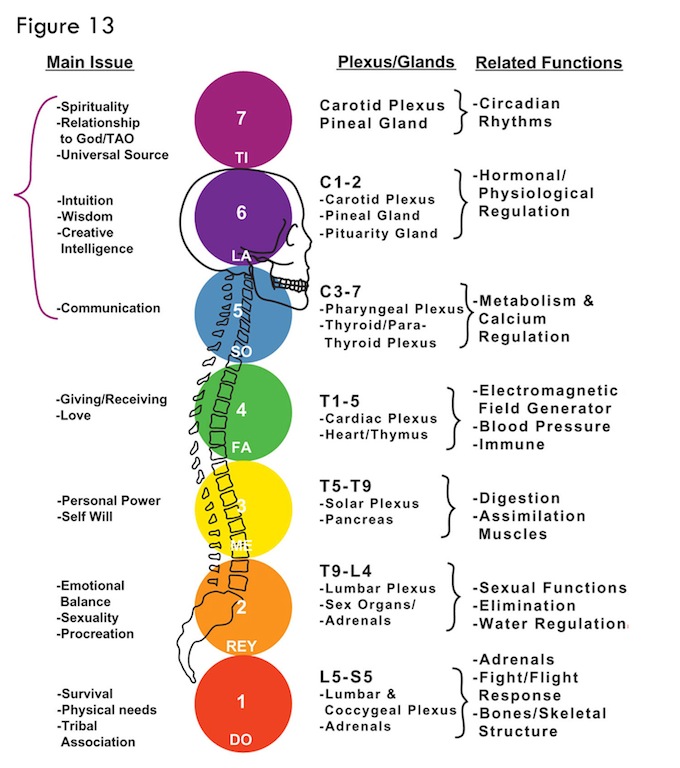
Your Chakras serve as storage centers for the energy that flows through your body. You have seven major chakras that run the length of your spine, but minor chakras are located all over your body. Each of these storage centers correlates to a specific organ/gland combo, beginning at the base of the spine and ending at the crown of your head. Traditionally, the main chakras are numbered one through seven, beginning with the root chakra.
The energetic frequencies of these centers have been studied, and through a mixture of ancient wisdom and practical experience we have arrived at an understanding of how each chakra influences our energetic selves.
Although healers and mystics have recognized the chakras for thousands of years, they are just now beginning to make their way into modern medicine. If you are skeptical, check out this article.
Because of the abundant information available about each energy center, this post just skims the surface. It is written as a comprehensive guide, something that serves as a baseline for your knowledge, so that you can grow and develop from a strong foundation.
Root Chakra
The Sanskrit word for the root chakra is Muladhara. This word stems from Mula, meaning root, and Adhara, meaning support. As the name implies, this chakra is the center of your security, foundation, and safety. Located at the base of the spine, this chakra is considered the ‘grounding’ chakra.
Physical Identity
The root chakra sits between your thighs, near the perineum and by pubic bone at the base of your spine. This chakra traditionally governs the adrenal glands and the skeletal system, regulating the body’s fight or flight response and the health of the skeletal structure. However, some sources suggest that the root chakra governs the gonads, or sex organs, and the sacral chakra governs the adrenals. In terms of the spine, the L5-S5 vertebrae connect with the root chakra.
Emotional Identity
Emotionally, this chakra controls fear, security, and physical vitality. The root chakra is the center of our safety, our sense of personal satisfaction and connection with the world. Typically, this chakra develops from birth to seven years of age. Any abusive or traumatic experiences during this stage of childhood are often stored in the root chakra.
Just like our mental state, our energetic state can become imbalanced. Because of the energetic nature of the chakras, they can either become overactive or underactive. The symptoms of these imbalances begin first on an emotional or mental level, then develop into physical symptoms if the imbalance is not addressed.
Emotional Symptoms
Emotional symptoms of an imbalanced chakra include:
- Feeling ‘stuck in your head’
- Feeling overwhelmed by fear
- Anxiety or extreme stress
- Living from a constant state of lack
- Feeling emotionally or physically unsafe
- Feelings of not being good enough
- Insecure
- Fear of abandonment
- Financial difficulties
- Lack of connection with self or others
- Feeling as though nothing around you is real
Physical symptoms
Physical symptoms of an imbalanced chakra include:
- Difficulties with colon, bladder, adrenals, or other organs associated with the root chakra
- Infections in toenails or feet
- Issues with low back, hips, knees, or ankles
- Nightmares
- Eating disorders, unhealthy cravings, etc.
- Constipation
- Weight difficulties, usually tending towards holding on to weight
- Fatigue
Balanced Presentation
If your root chakra is balanced, you are likely to feel a strong connection with friends and family, and feel safe on earth and on your life path. Other signs of a balanced root chakra include financial security and feeling grounded, motivated, and comfortable in the material world.
Another strong sign of a balanced root chakra is a feeling of personal security, safety, and connection. The physical or emotional symptoms of an imbalance will not be present, and you will likely feel very open and grounded.

Color and Vibration
Traditionally, the chakras each correspond with a color of the rainbow. The root chakra, as the first chakra, is usually associated with the color red. However, clinical manifestations of this chakra can vary widely in color depending on the person in question.
Vibrationally, this chakra corresponds with UT on the Solfeggio scale, around 396 Hz. This is also the vibrational tone of the earth, and has been shown to heal fear, guilt, and a person’s innermost problems.
On the traditional musical scale, this chakra corresponds with Do (as in do, a deer, a female deer).
Affirmation and Aura Connection
The root chakra corresponds with a person’s foundation and safety. Its inherent right is to ‘have’, and the common verbal expression is, ‘All my needs are met’ or simply, ‘I am’.
The root chakra’s affirmation looks something like the following:
I am safe. I am safe on earth, and I am safe on my path.
In connection with the Aura, the root chakra corresponds to the Etheric Body. Neo-theosophy describes the Etheric Body as the subtle body closest to the physical body, working to sustain it and connect it with the ‘higher’ levels of the aura.
Balancing the Root Chakra
Activities that balance the root chakra include any activity that makes you feel grounded, open, or connected. Because of this, some of the most well-known balancing activities include:
- Walking barefoot in the grass
- Dancing
- Yoga
- Wear the color red
- Use corresponding crystals. For example: bloodstone, black tourmaline, and red jasper
- Listen to 396 Hz, the root chakra vibration. Check out this video on Youtube

Conclusion
The chakras serve as energy reservoirs in the body, and, just like aspects of our physical anatomy, they also impact our health and wellness. Understanding the energetic influence the chakras have on your mental state and physical body leads to a better grasp of true health. Finding ways to balance your chakras, beginning with the root chakra, will create shifts in your overall wellbeing.
If you have experienced any situation which causes you to feel unsafe, whether recently or in the past, it has most likely been stored in your root chakra. Take the time to reflect on how your root chakra is functioning, feeling, and impacting you.
Tell me: Did this article resonate with you? How do you feel your root chakra is doing?


